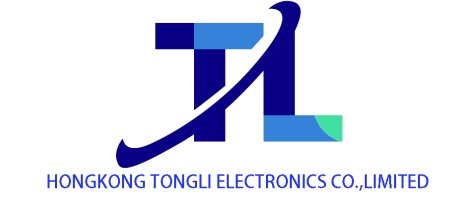Korean Semiconductor Giants Vie for Dominance in Memory Chip Market: HBM and DRAM in Focus
South Korean semiconductor giants are making aggressive moves in the HBM (High Bandwidth Memory) and DRAM (Dynamic Random Access Memory) sectors, reshaping the industry landscape.
An SK hynix executive overseeing HBM business stated that driven by rigid AI end – user demand, the HBM market has huge growth potential, with an expected annual growth rate of 30% by 2030. Tech giants like Amazon and Microsoft are investing heavily in AI infrastructure, fueling HBM demand. The custom HBM market is projected to reach tens of billions of dollars by 2030.
The U.S. plans to impose a 100% import tariff on all chips and semiconductors entering the country, but exemptions will be granted to those produced or committed to be produced in the U.S. In response, Samsung operates two wafer fabs in Austin and Taylor, Texas. SK hynix plans to build an advanced packaging plant and an AI product R&D base in Indiana. In 2024, South Korea’s semiconductor exports to the U.S. reached $10.7 billion, accounting for 7.5% of its total semiconductor exports.
In the DRAM sector, Samsung and SK hynix have distinct strategies in competing for the 10nm – class 6th generation (1c) DRAM. Currently, the industry mainly focuses on the 10nm – class 4th generation (1a) and 5th generation (1b) DRAM. It is expected that competition in the 1c DRAM field will intensify starting next year.
Samsung has adopted an aggressive strategy. It began ordering 1c DRAM manufacturing equipment in the first quarter of 2024, planning to establish production lines in the first half of the year and achieve full mass production within the year. It also intends to apply 1c process DRAM to HBM4. This move aims to make up for the shortcomings of previous generations of products. Previously, due to DRAM quality issues, Samsung’s HBM products were affected, and it lost its 33 – year – long dominance in the DRAM market to SK hynix for the first time.
SK hynix is more cautious. It is negotiating with major clients such as NVIDIA to determine next year’s supply volume and plans to increase investment after ensuring profitability. It will start ordering equipment as early as the third quarter of 2024 and achieve full mass production of 1c DRAM in 2025. Its HBM products still use the previous generation 1b DRAM.
Industry insiders believe that if Samsung’s technology stabilizes, it may threaten SK hynix’s market position, and Samsung’s advantages in production capacity and labor deployment will become prominent. If Samsung encounters technical setbacks, its aggressive strategy may bring risks. This competition will have a profound impact on the global memory chip market pattern.
